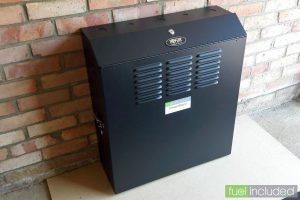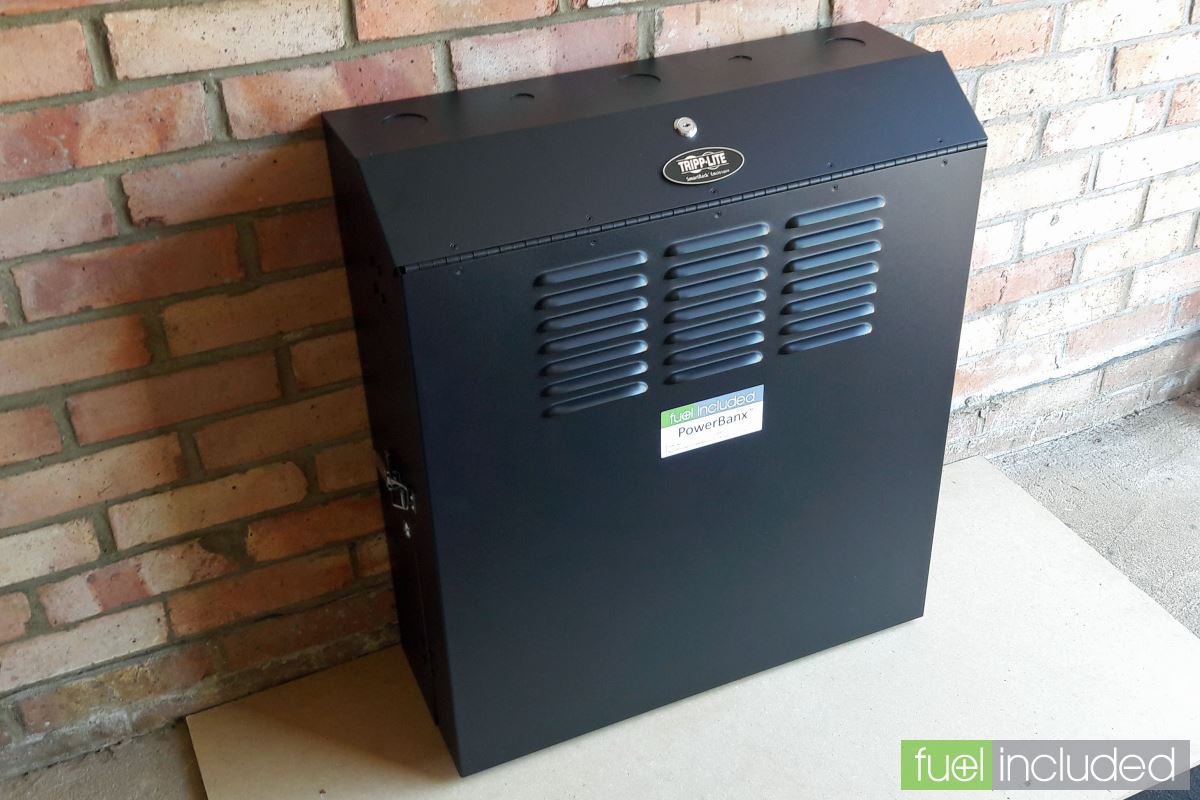As the world moves towards the mass adoption of renewable energy, some questions come to mind. Which energy sources are most practical for the future? How do we rebuild an energy infrastructure and economy that works? What economic models are best for this new energy economy? Energy storage can answer some of these questions.
Energy storage is picking up speed
At the moment, the installation rate of solar panels is rapidly accelerating. And partially, massive reductions in price are facilitating this growth trend. Energy storage is beginning to follow a similar trend line. Specifically, we are rapidly nearing a time when we’ll be able to store excess energy to cover the energy needs of energy customers.

But does a centralized energy infrastructure make sense for our future? Well, provided there will always be some element of interconnection, some entity should maintain a functional level of grid-based energy transmission. On the other hand, as energy storage becomes more accessible, an interesting future opportunity presents itself.
An interesting market opportunity arises
Imagine a future where every building functions as an autonomous energy unit. While this may stay grid-connected, each building could have the ability to both generate and store its own electricity. Once each building has generated and stored enough electricity for its own needs, there’s an opportunity to sell the excess energy on the market.
There is a similar opportunity with vehicle-to-grid energy transactions too. Since there will be so many vehicles that are stagnant overnight, they can also leverage energy storage in a peer-to-peer energy transaction.
Read more: The Rising



